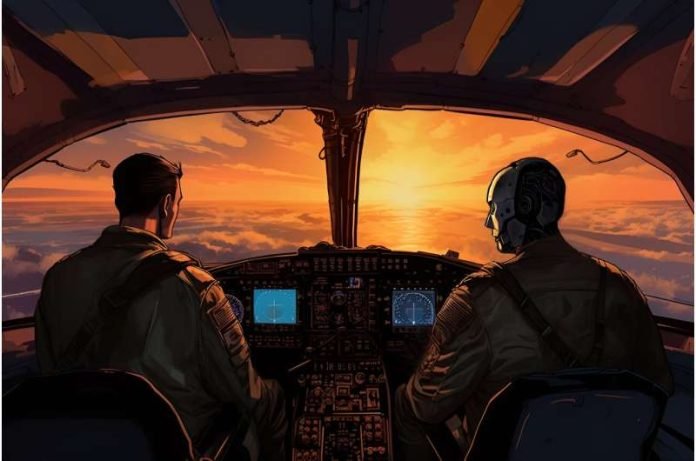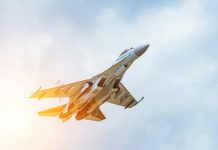
Navigating through the myriad of information, especially during pivotal flight moments, pilots often find themselves saturated with data.
A solution has emerged from the MIT Computer Science and Artificial Intelligence Laboratory (CSAIL) in the form of Air-Guardian, which seamlessly melds human and artificial intelligence in the cockpit, ensuring a safer, more responsive flight experience.
A Watchful Eye in the Sky: Understanding Air-Guardian
Air-Guardian is not merely an autopilot system, but a synergistic co-pilot that intuitively understands both human and machine attention.
Using eye-tracking for human pilots and “saliency maps” for the neural system, it monitors where attention is directed, enabling it to identify early signs of potential risks and intervene when the human pilot is distracted or misses critical information.
Envisaging Attention: The Technology Behind It
The use of saliency maps, which highlight key regions within an image, allows Air-Guardian to grasp and decipher the behavior of sophisticated algorithms, making it adept at identifying critical flight information and potential hazards.
Unlike traditional autopilots, which typically intervene during safety breaches, Air-Guardian is preemptive, recognizing potential issues before they become critical.
Collaborative Control: The Implications Beyond Aviation
While immediately pertinent to aviation, the cooperative control mechanisms of Air-Guardian hold promise for myriad applications, extending to vehicles, drones, and a broad spectrum of robotics, illustrating a future where human-machine collaborative systems enhance operational safety and efficiency across various domains.
Dynamic, Adaptable, Trainable: The Unique Features of Air-Guardian
According to Lianhao Yin, MIT CSAIL postdoc and a lead author on a new paper about Air-Guardian, the system’s cooperative layer and the entire end-to-end process can be trained, offering dynamic features in mapping attention through its use of the causal continuous-depth neural network model.
The system’s adaptability ensures that it can be finely tuned to meet the demands of varied situations, safeguarding a balanced partnership between pilot and machine.
Enhancing Safety and Collaboration: The Results from Field Tests
In field tests, Air-Guardian successfully utilized the same raw images as the human pilot to navigate to target waypoints, reducing flight risk levels and increasing success rates of navigation.
The system, underpinned by an optimization-based cooperative layer and utilizing VisualBackProp algorithm, analyses incoming images for essential information and identifies system attention focal points within images.
Although feedback indicates a need for refining the human-machine interface, perhaps through an intuitive indicator signifying when the guardian system assumes control, Air-Guardian stands as a pioneering force towards safer, AI-assisted skies, promising a robust safety net for moments when human attention might falter.
Synergy in The Skies: The Confluence of Human Expertise and Machine Learning
As Daniela Rus, the Andrew (1956) and Erna Viterbi Professor of Electrical Engineering and Computer Science at MIT, articulates, Air-Guardian exemplifies the synthesis of human expertise and machine learning, emphasizing machine learning’s potential to augment pilot abilities and minimize operational errors, especially in demanding scenarios.
By allowing earlier interventions and greater interpretability by human pilots, Air-Guardian illustrates a prime example of how AI can effectively collaborate with humans, making strides towards achieving a natural communication mechanism between human and AI systems and, crucially, building trust in such integrations.
In essence, Air-Guardian paves the way for a new era in aviation and beyond, where the marriage of human intuition and AI’s precision coalesce, fostering an environment where each complements the other, ensuring safer, more reliable operations across various technological platforms and applications.



